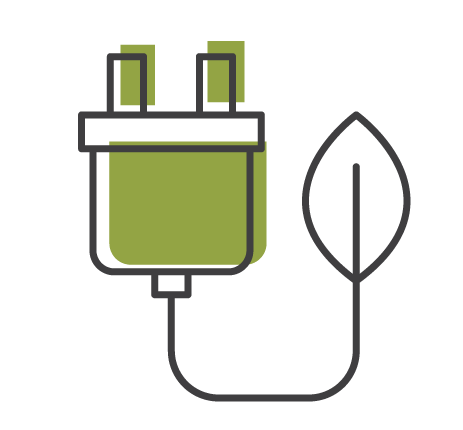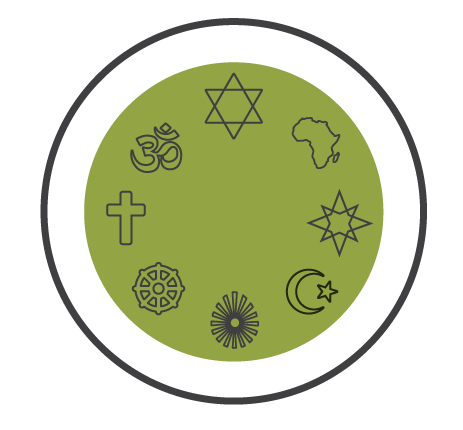Season of light
- Published:
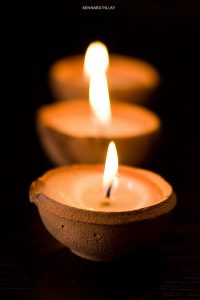 Photo: KennardP (Flickr)
Photo: KennardP (Flickr)
By Louisa Feiter
It is the season of light in more than one way. As summer arrives in the Southern Hemisphere, so do the celebrations of Diwali, Chanukah and Christmas, all of which are strongly grounded in traditions of light.
Chanukah, or Hanukkah, is known as the Festival of Lights in the Jewish faith. Diwali, or Deepavali, carries the same name in the Hindu tradition. Whilst Christmas in the Christian faith is not referred to as a Festival of Lights, in many ways it is, with candles and light being a central theme of this day and the month preceding it.
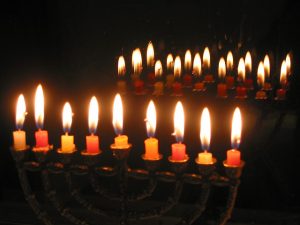 Photo: Hotzeplotz (Flickr)
Photo: Hotzeplotz (Flickr)
Chanukah begins on the eve of 6th December this year and is celebrated for eight days until the 14th December, beginning with a single light on the menorah being lit and another added with every evening until all eight Chanukah lights are burning on the last evening.
These lights celebrate the restoration of the menorah – a candelabrum with eight branches - in the Holy Temple of Jerusalem after it had been reclaimed by the Jews from the Greek-Syrian army. Only one vial of oil was found, enough for one day of burning, however the miracle of Chanukah is that it burned for eight days.
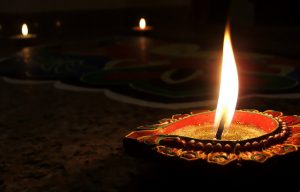 Photo: Abhinaba Basu (Flickr)
Photo: Abhinaba Basu (Flickr)
Diwali, which took place on the 11th November this year, is also an extended celebration of light triumphing over darkness. It celebrates the return of Lord Rama after 14 years of exile, in which he defeated the demon King Ravana.
The word Deepawali means ‘a row or cluster of lights’ or ‘rows of diyas’, thus this time is lit up by oil lamps – diyas - candles and fireworks to illuminate not only the home, but the heart.
Christmas is also celebrated with light. During Advent, which begins on the fourth Sunday before the 25th December, there is the lighting of the four Advent candles. Starting with one candle, every Sunday another is added until four candles have been lit. Carols by candlelight are also a big part of this season, and lights in many forms can been seen hung everywhere.
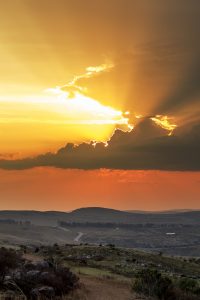 Photo: Louisa Feiter
Photo: Louisa Feiter
But the biggest light of them all shines for each one of us, bringing light and warmth into our lives every day. The sun is a great gift from our Creator, and in this time of climate turmoil, even more so. Solar energy has been bounding ahead and with the amount of sunshine we receive here in the Southern hemisphere, a very promising solution to our energy crisis.
During this season of light we invite you to make use of the sun in celebrating this time. Solar lights in all forms and shapes can help bring light into your home after sunset. Even solar-powered decorative lights like fairy lights can be found or you can decorate Consol jar solar lights with your children or grandchildren. As a more significant step you could consider investing in solar panels with the start of the new year.
And as a fun way to end the year and usher in the new one, celebrate the last sunset with a picnic in the outdoors or greet the first sunrays on New Year’s Day with an early morning walk or swim.
1ST LIGHT POEM: FOR IRIS -- 10 JUNE 1962
The light of a student-lamp sapphire light shimmer the light of a smoking-lamp
Light from the Magellanic Clouds the light of a Nernst lamp the light of a naphtha-lamp light from meteorites
Evanescent light ether the light of an electric lamp extra light
Citrine light kineographic light the light of a Kitson lamp kindly light
Ice light irradiation ignition altar light
The light of a spotlight a sunbeam sunrise solar light
Extract from poem by Jackson Mac Low
Who we are
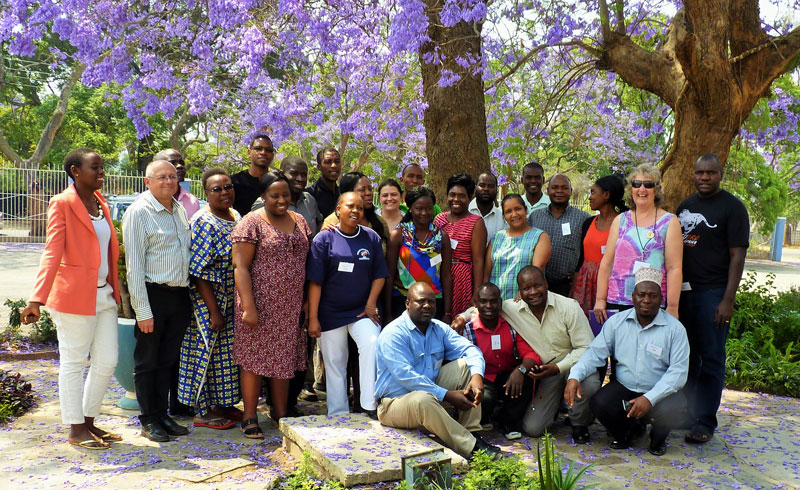
SAFCEI (Southern African Faith Communities’ Environment Institute) is a multi-faith organisation committed to supporting faith leaders and their communities in Southern Africa to increase awareness, understanding and action on eco-justice, sustainable living and climate change.
Featured Articles
-
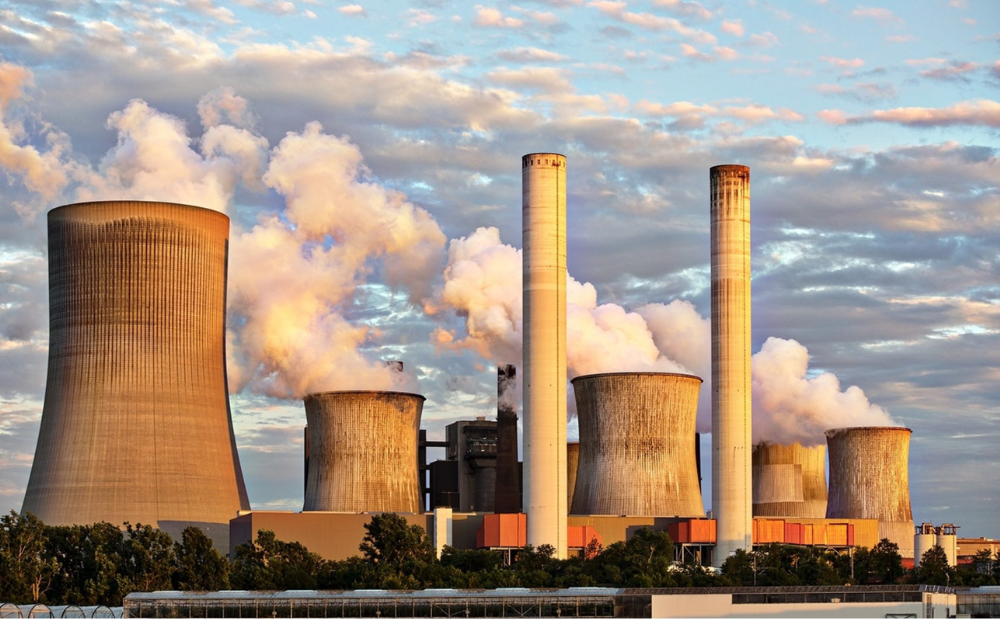
South Africa: Who Ends Up Paying If DMRE Cooks the Price of Nuclear Power?
-
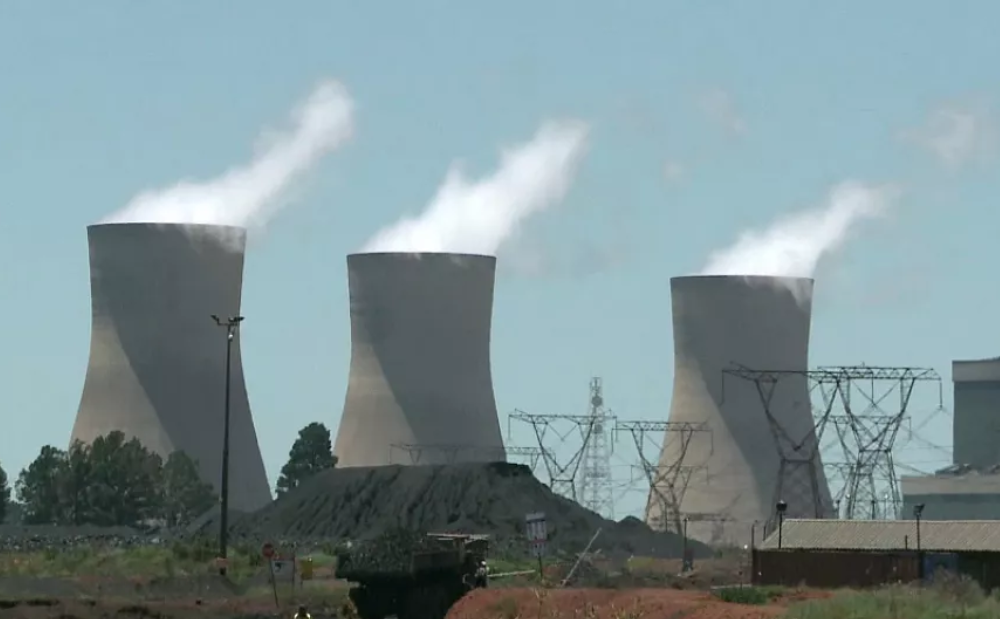
South Africa’s nuclear energy expansion plans continue to draw criticism, environmental NGOs chew over legal challenge
-

Earthlife Africa and SAFCEI respond to latest unsettling nuclear news regarding the ministerial determination
-
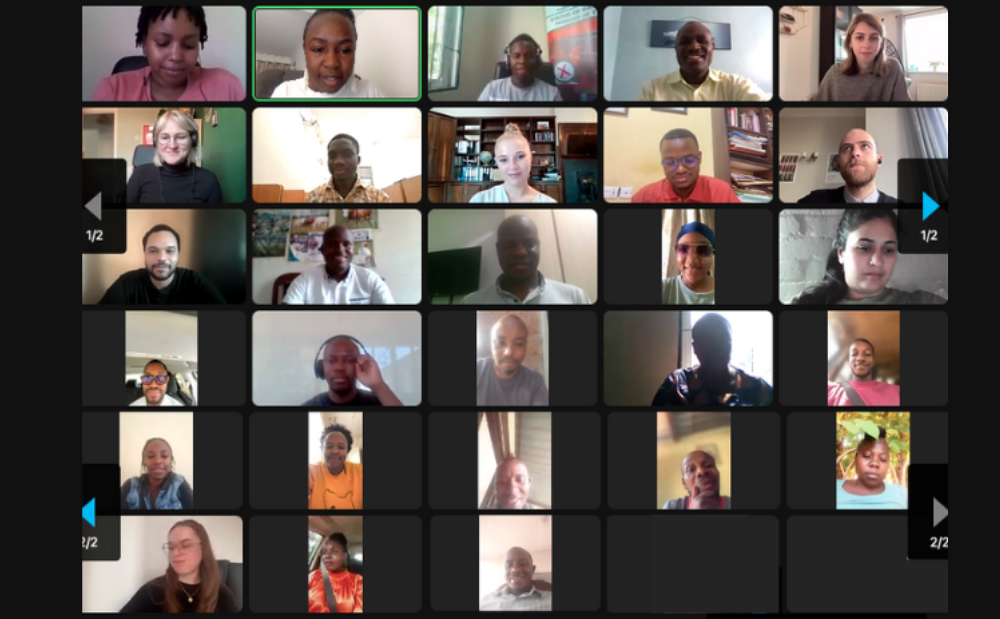
Open Wing Alliance Africa (Virtual) Summit 2023
-

The Green Connection and SAFCEI respond to energy minister's divisive and deflecting comments
-

Job Vacancy: FLEAT Coordinator


